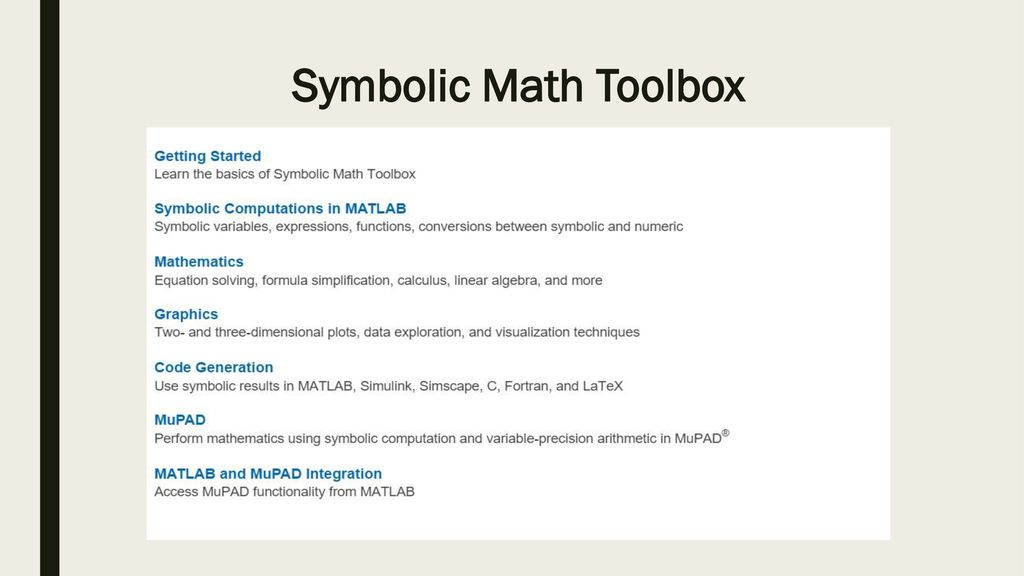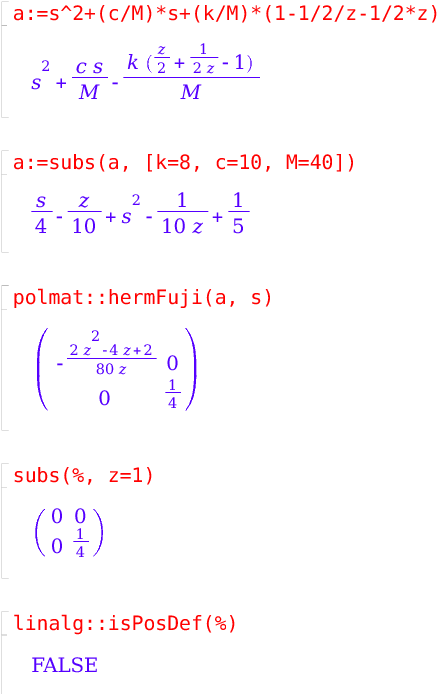

They used Optimization Toolbox™ to optimize the design for energy efficiency while meeting constraints on peak torque, joint angles, and boundary conditions. Working in MATLAB, the team designed a nonlinear control algorithm using a hybrid zero dynamics method developed by Grizzle’s team. They then wrote a MATLAB script that applied an ordinary differential equation solver to compute the robot’s closed-loop dynamics and simulate its behavior. The University of Michigan team used Model-Based Design with MATLAB ® and Simulink ® to speed up the development of real-time control systems for MARLO and other bipedal robots.īuss and Griffin used MATLAB and Symbolic Math Toolbox™ to derive equations of motion and a Lagrange model for the robot. Instead of chasing pointers around in C code, they build on that knowledge with Simulink and Simulink Real-Time and move quickly from verifying a theory in simulation to implementing it on a real-time system.” Challenge “The control engineers coming into my group already know MATLAB. “With Model-Based Design we can develop controllers that work not just on one robot, but on an entire series,” says Grizzle. The team accelerated development by using Model-Based Design. Nevertheless, Professor Grizzle and students Brian Buss and Brent Griffin have developed real-time control systems that take MARLO where MABEL was unable to go-outdoors and away from the lab.

While MABEL required a support boom for lateral stability, its successor, MARLO, can move freely in three dimensions, complicating the control design challenge.

students advanced toward that goal with MABEL, a bipedal robot that could run a nine-minute mile and regain its balance after negotiating an eight-inch step. In 2011, University of Michigan Professor Jessy Grizzle and a small team of Ph.D. I also got an empty model as the output.Developing a two-legged robot capable of walking and running like a human is a key goal for robotics researchers.


 0 kommentar(er)
0 kommentar(er)
